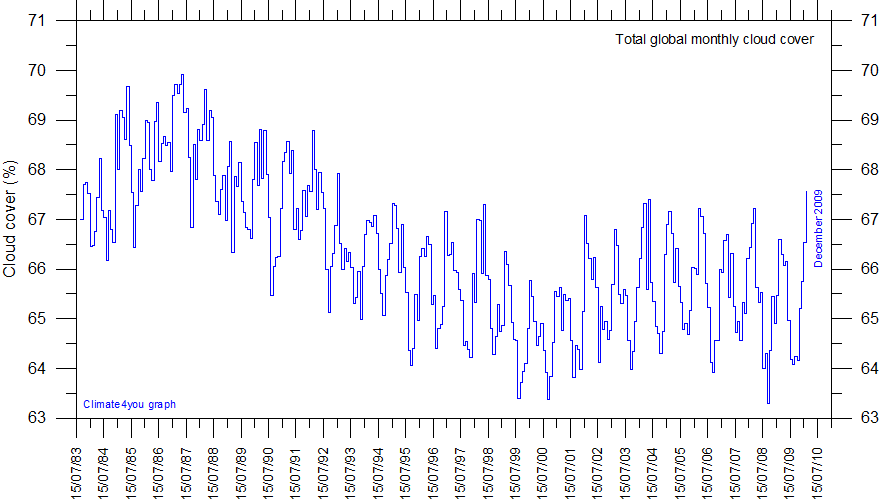What caused early 20th Century warming?
Posted on 21 August 2010 by Anne-Marie Blackburn
This post is the Basic version (written by Anne-Marie Blackburn) of the skeptic argument "It warmed before 1940".
The climate at any one time is affected by several factors which can act independently or together. The main factors include solar variability, volcanic activity, atmospheric composition, the amount of sunlight reflected back into space, ocean currents and changes in the Earth's orbit.
Before 1940, the increase in temperature is believed to have been caused mainly by two factors:
- Increasing solar activity; and
- Low volcanic activity (as eruptions can have a cooling effect by blocking out the sun).
Other factors, including greenhouse gases, also contributed to the warming and regional factors played a significant role in increasing temperatures in some regions, most notably changes in ocean currents which led to warmer-than-average sea temperatures in the North Atlantic. Does this mean that solar activity is also primarily responsible for late 20th century warming? In short, no. Solar activity since the 1950s has been relatively stable and therefore cannot explain recent trends. Similarly, increased volcanic activity may actually have had a cooling effect in recent decades. On the other hand, greenhouse gas concentrations, which were relatively low pre-1940, have increased considerably and are now dominating the climate system. This highlights the need to look at all factors when determining which factors are likely to be affecting climate at any one time.
In short, there's no reason to assume that because the sun was responsible for early 20th century, it is responsible for all warming. The evidence strongly suggests that current warming is mainly the result of increasing greenhouse gas levels.
Note: we're currently going through the process of writing plain English versions of all the rebuttals to skeptic arguments. It's a big task but many hands make light work. If you're interested in helping with this effort, please contact me.































 Arguments
Arguments























 0
0  0
0
 That sounds like the next few cycles are predicted to continue the downward trend that began after the 1960 peak; so why are we still warming?
That sounds like the next few cycles are predicted to continue the downward trend that began after the 1960 peak; so why are we still warming?







Comments